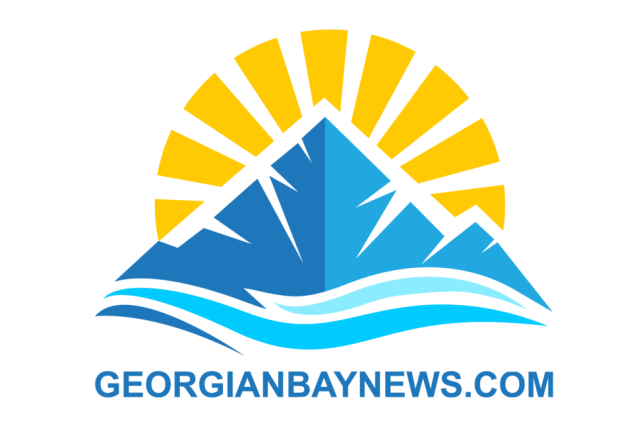A Deep Dive into Global Narratives and Their Implications
In an era where information shapes global perceptions, the question of which country— the United States or China— excels in state-sponsored deception is both complex and contentious. Both nations, as global superpowers, have been accused of manipulating narratives to serve their strategic interests. This article examines their approaches to misinformation, drawing on historical context, documented cases, and expert analyses to assess their methods, motivations, and effectiveness. Rather than declaring a “better liar,” we aim to illuminate the distinct strategies each employs and their broader implications.
The United States: A Legacy of Covert Influence
The United States has a long history of employing misinformation to advance its geopolitical and domestic agendas. From the Cold War era’s CIA-orchestrated propaganda campaigns to modern-day digital influence operations, the U.S. has demonstrated sophistication in shaping narratives.
Historical Context
During the Cold War, the U.S. government funded Radio Free Europe and other outlets to broadcast anti-communist messages into Soviet territories. Declassified documents, such as those from the 1975 Church Committee, revealed CIA efforts to manipulate media and public opinion, both domestically and abroad, including covert operations to destabilize foreign governments (Church Committee, 1975).
Modern Tactics
In the digital age, the U.S. has been linked to misinformation campaigns through government agencies and private-sector partnerships. The 2013 Snowden leaks exposed the National Security Agency’s PRISM program, which facilitated mass data collection and enabled targeted narrative control through social media platforms (Greenwald, 2013). Additionally, reports from the Stanford Internet Observatory have highlighted U.S. military-led influence operations on platforms like X, aimed at countering adversaries like China and Russia but sometimes blurring lines with domestic audiences (Stanford Internet Observatory, 2022).
Strengths and Weaknesses
The U.S. benefits from a decentralized media ecosystem and a global network of English-language platforms, allowing its narratives to spread widely and organically. Its soft power—through Hollywood, tech giants, and cultural exports—amplifies its messaging. However, domestic polarization and distrust in institutions often undermine its credibility, as competing narratives within the country dilute unified messaging.
China: Centralized Control and Global Ambition
China’s approach to misinformation is characterized by state control, censorship, and a unified narrative driven by the Chinese Communist Party (CCP). Its strategies prioritize domestic stability and international image management.
Historical Context
China’s propaganda apparatus has roots in Mao’s era, where state media served as the sole source of information. The Great Firewall, implemented in the early 2000s, cemented China’s ability to control digital information flows, filtering content that contradicts official narratives (King et al., 2013).
Modern Tactics
China’s misinformation efforts are highly centralized, with state agencies like the Cyberspace Administration of China overseeing digital content. The CCP employs tactics such as “wolf warrior” diplomacy and coordinated social media campaigns to shape global perceptions, often amplifying pro-China narratives on platforms like X and Weibo. A 2021 report by the Center for Strategic and International Studies detailed China’s use of “discourse power” to counter Western narratives, including spreading disinformation about the origins of COVID-19 (CSIS, 2021). Additionally, China has invested heavily in global media outlets, such as CGTN, to project its perspective internationally.
Strengths and Weaknesses
China’s strength lies in its ability to enforce a singular narrative domestically through censorship and surveillance, ensuring near-total control over public perception within its borders. Its global outreach, however, is hampered by language barriers, cultural disconnects, and skepticism toward state-run media. Efforts to influence foreign audiences often appear heavy-handed, reducing their effectiveness.
Comparative Analysis: Motives and Methods
Both nations deploy misinformation to achieve strategic goals, but their motives and methods differ significantly:
- Motives: The U.S. often uses misinformation to maintain global hegemony, counter adversaries, and promote democratic ideals (however selectively). China focuses on regime stability, territorial integrity (e.g., Taiwan, Hong Kong), and reshaping global perceptions to favor its authoritarian model.
- Methods: The U.S. leverages a decentralized, soft-power-driven approach, utilizing private media and tech platforms to obscure state involvement. China relies on top-down control, with state media and censorship ensuring narrative consistency but limiting adaptability.
- Effectiveness: The U.S. excels in global reach due to its cultural and linguistic dominance, but domestic fragmentation weakens its coherence. China’s domestic control is unmatched, but its international efforts often lack credibility due to overt state involvement.
Global Implications
The misinformation strategies of both nations have profound consequences. U.S.-led narratives can destabilize regions by promoting regime change or economic sanctions, as seen in Iraq and Venezuela. China’s efforts, meanwhile, can suppress dissent and obscure human rights abuses, as evidenced by its handling of Xinjiang and Hong Kong. Both contribute to a global erosion of trust in information, fueling polarization and skepticism.
Conclusion
Determining which country is the “better liar” depends on the criteria: the U.S. excels in global influence through subtle, decentralized means, while China dominates in domestic control and narrative uniformity. Neither can be said to outshine the other unequivocally, as each operates within its unique context and constraints. What is clear is that both nations’ misinformation strategies shape global discourse, often at the expense of truth and trust.
Citations
- Church Committee. (1975). Final Report of the Select Committee to Study Governmental Operations with Respect to Intelligence Activities. U.S. Senate.
- Greenwald, G. (2013). NSA Prism program taps in to user data of Apple, Google and others. The Guardian.
- Stanford Internet Observatory. (2022). Unheard Voice: Evaluating five years of pro-Western covert influence operations.
- King, G., Pan, J., & Roberts, M. E. (2013). How Censorship in China Allows Government Criticism but Silences Collective Expression. American Political Science Review.
- Center for Strategic and International Studies. (2021). China’s Discourse Power: Ambitions and Reality in the Digital Domain.























